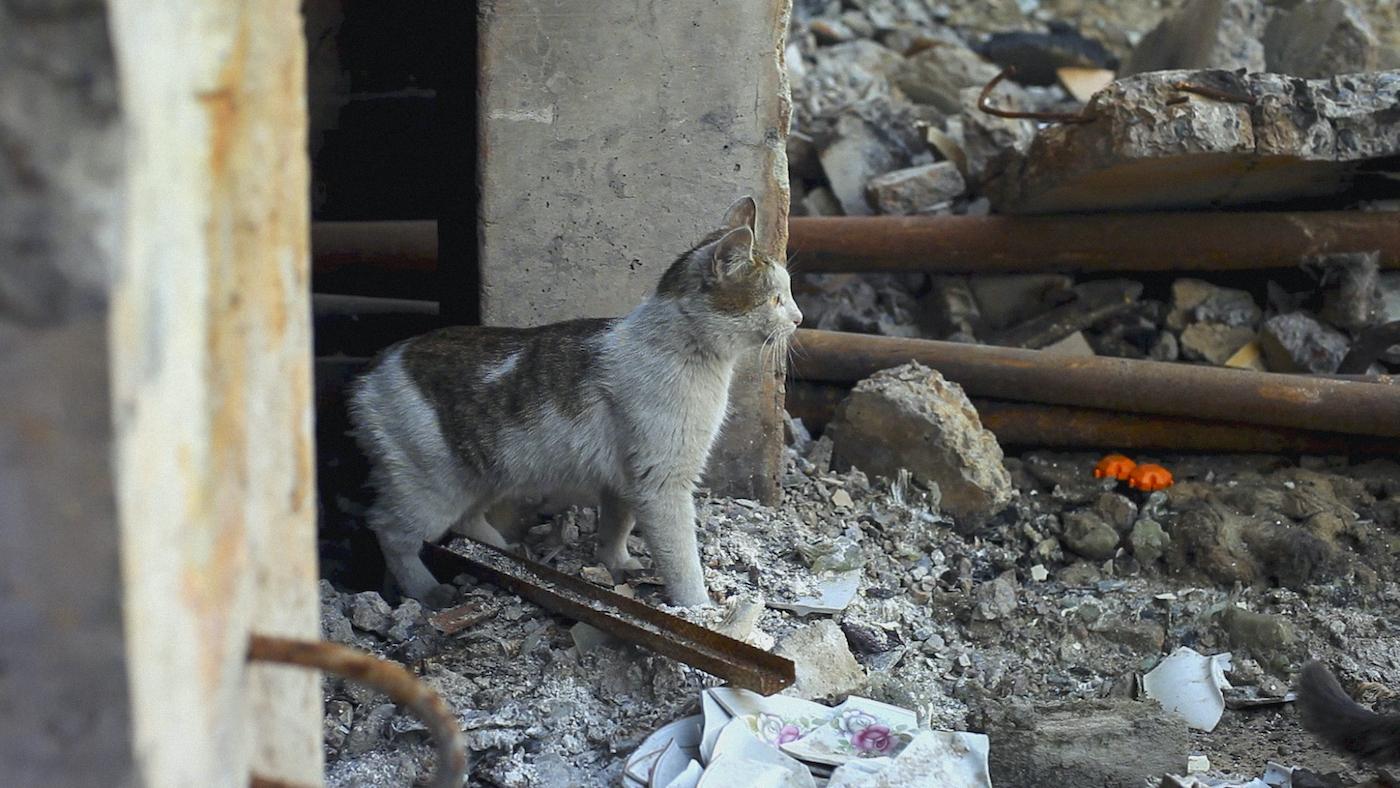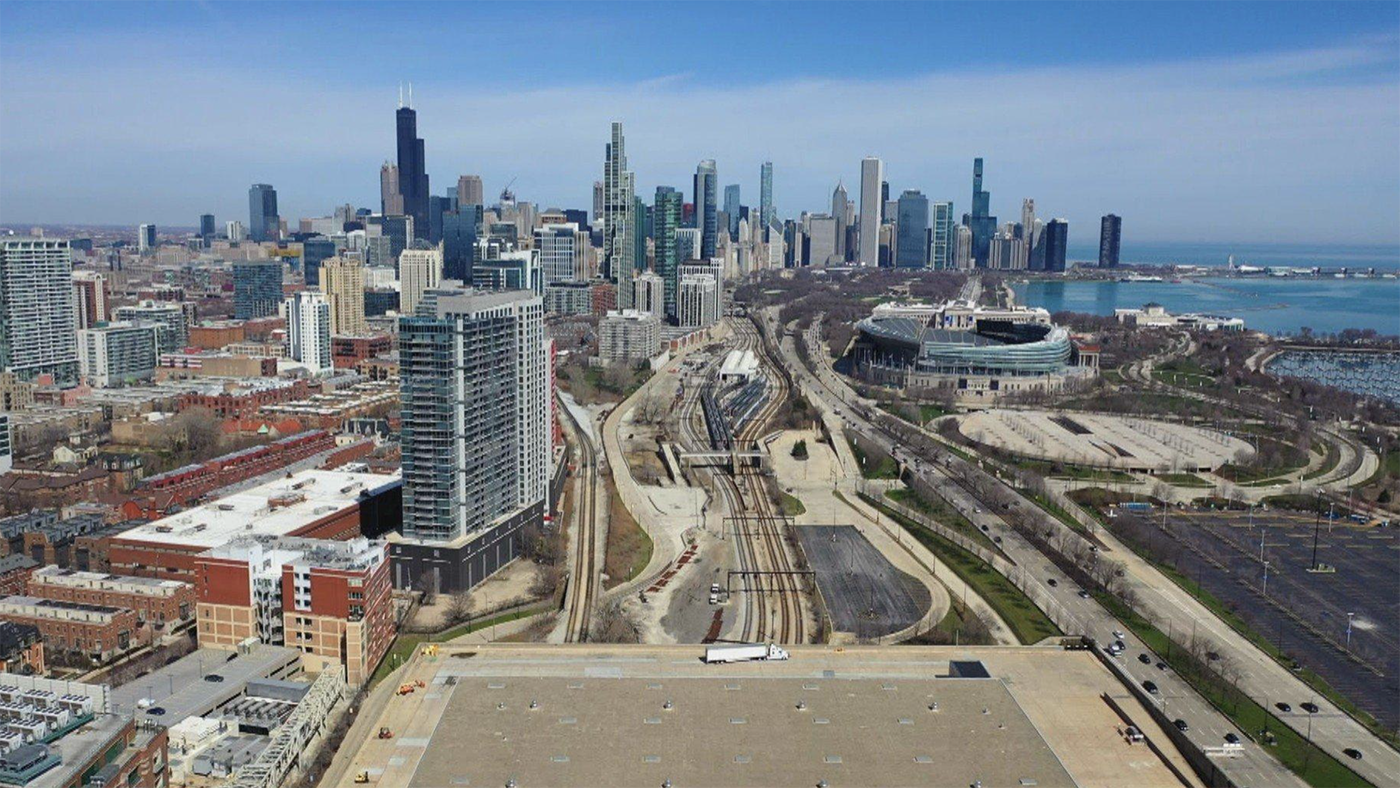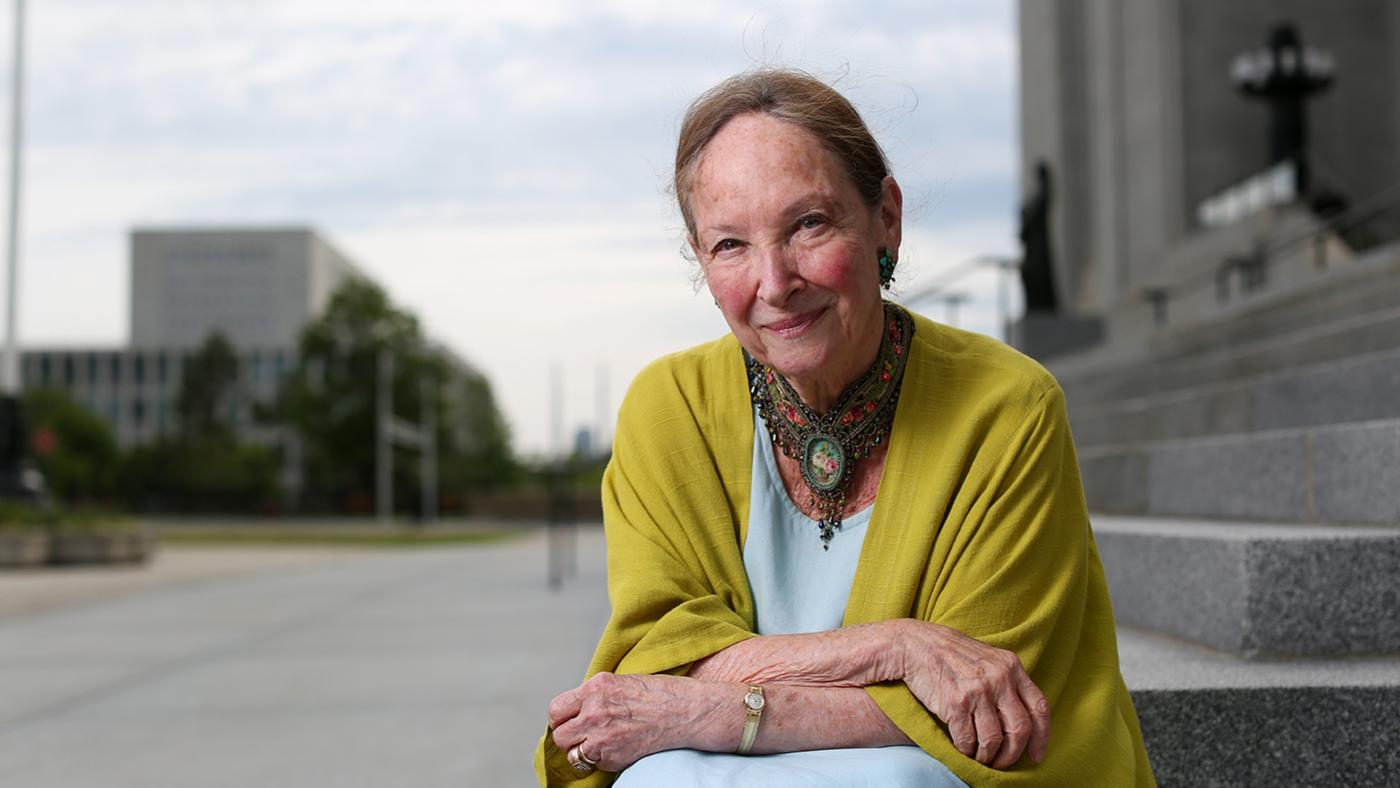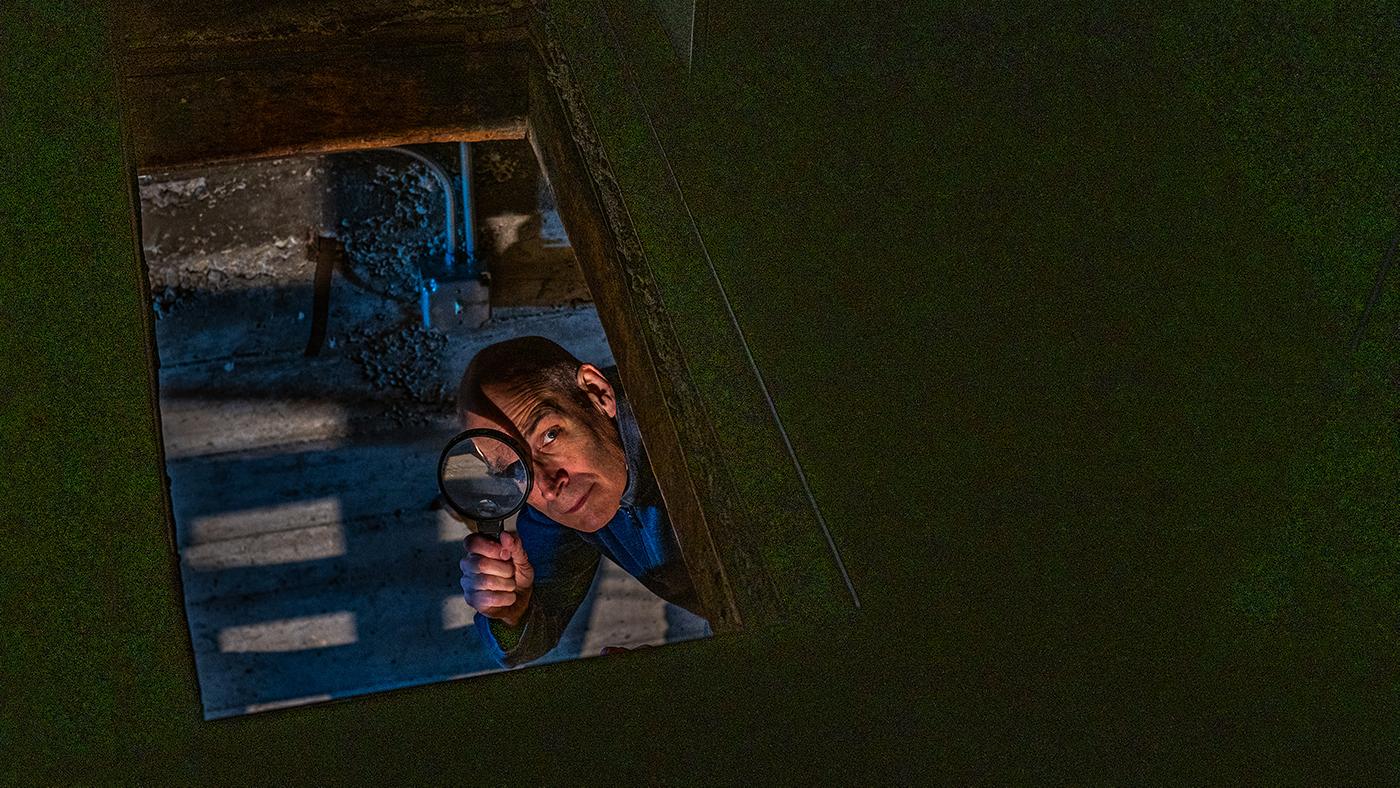Five Ideas That Can Change the Conversation About Gun Violence
Meredith Francis
November 12, 2019
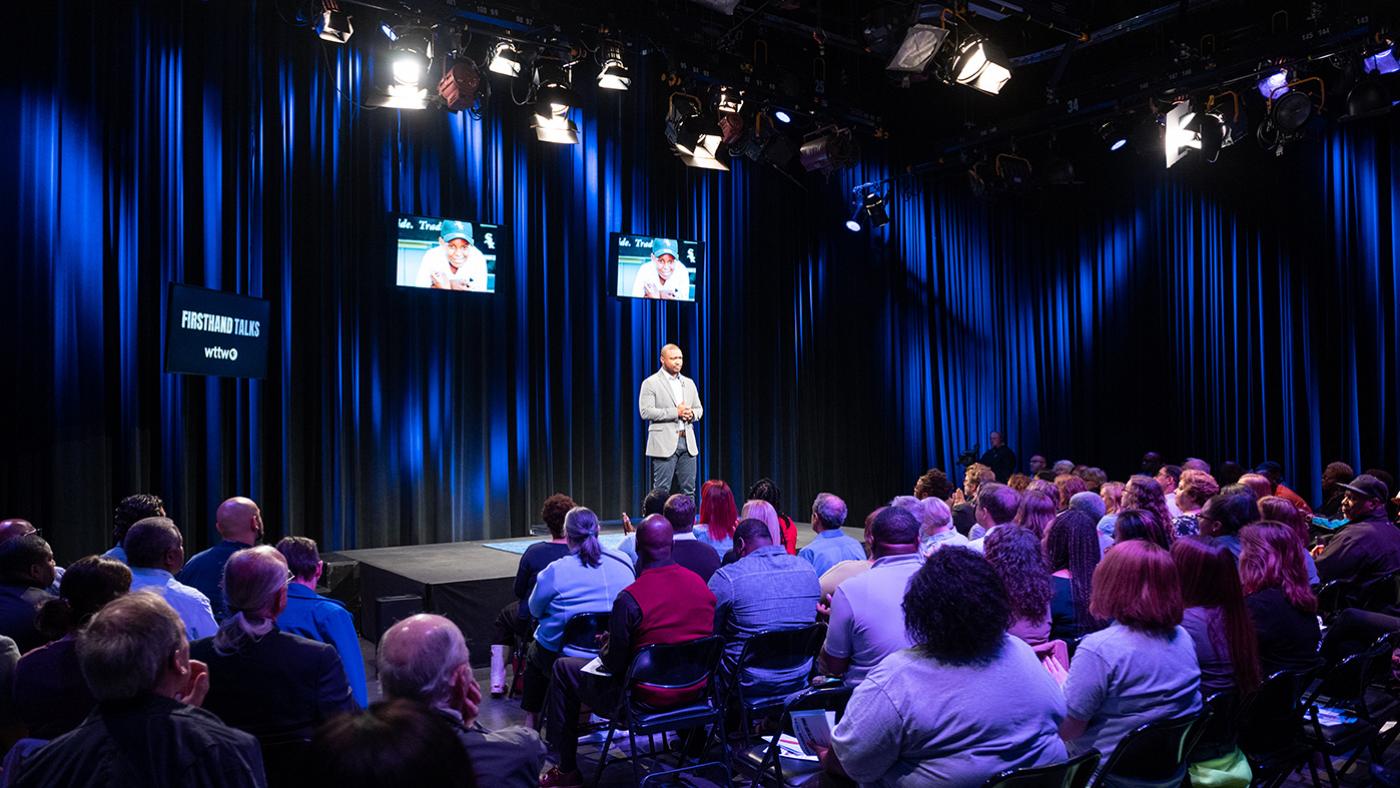
Though the number of Chicagoans killed by gun violence has declined in the past two years, the persistent problem is still a reality for many of the city’s residents. WTTW’s new digital series, FIRSTHAND: Gun Violence, examines gun violence from the perspective of five people who have experienced its effects.
Along with the digital series and accompanying articles, five experts gave lectures on issues that are inextricably linked to gun violence.
We Can Shift the Thought Patterns That Lead to Gun Violence
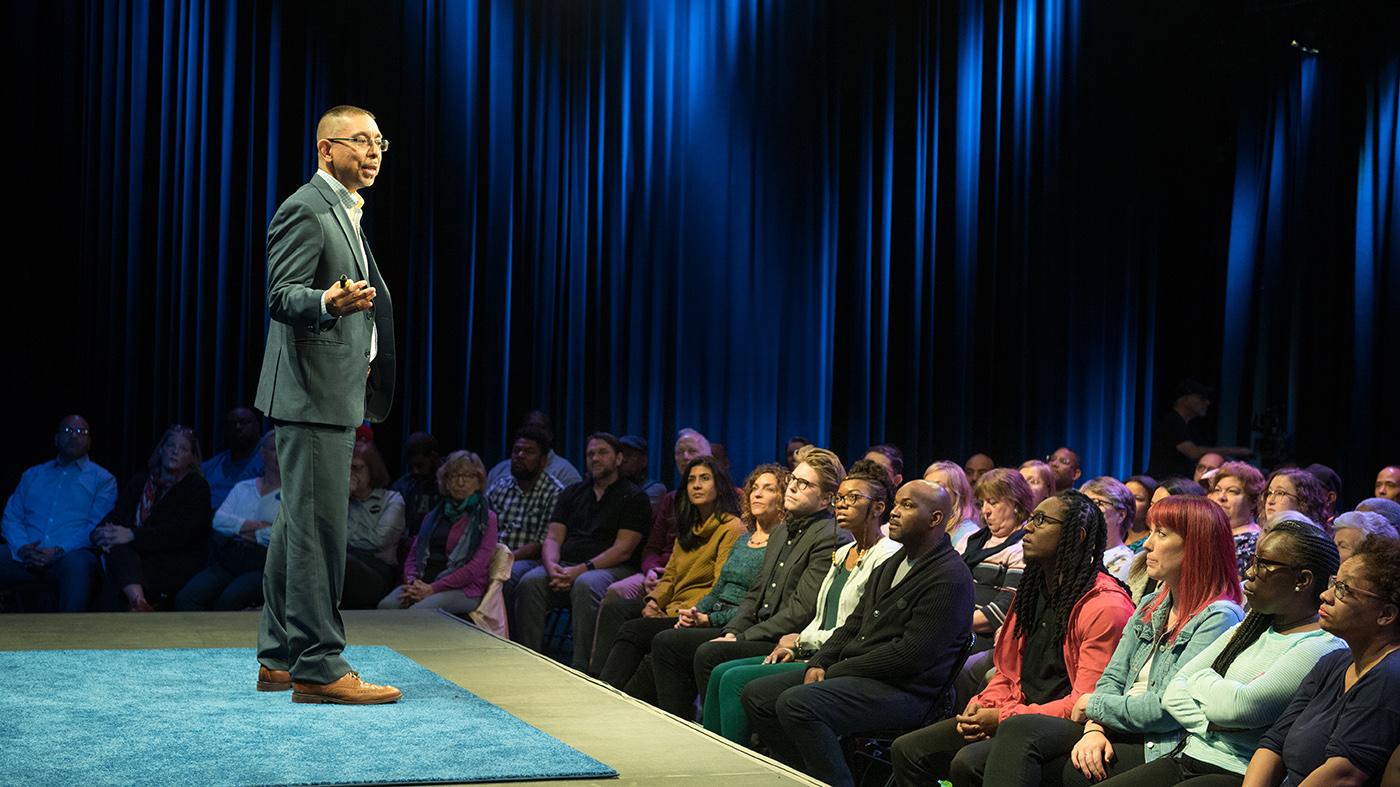 Eddie Bocanegra discusses the role cognitive behavioral therapy can play in reducing violence. Photo: Ken Carl for WTTW
Eddie Bocanegra discusses the role cognitive behavioral therapy can play in reducing violence. Photo: Ken Carl for WTTW
What if before pulling the trigger, a person hit a pause button? In his talk, “Creating Space Between Impulse and Action: A Solution to Gun Violence,” Eddie Bocanegra, senior director at the Heartland Alliance, says providing access to cognitive behavioral therapy (CBT) can help individuals slow down the often-split-second decision that leads them to violence.
“Cognitive behavioral therapy is really designed to create a wedge between action and impulse,” says Bocanegra, who also shared his own experience of being incarcerated. Many people living in underserved communities have experienced traumas that sometimes lead them to a cycle of violence. CBT can help break that cycle by changing the way an individual reacts to conflict. You can watch CBT in action in Reality Allah’s story, as he works to bring support to those caught up in the cycle of violence.
But CBT can only go so far in ending the cycle of violence and the underlying issues that cause it. Bocanegra says the gun needs to be replaced with job and education opportunities and other social services.
There’s Power in Sharing the Whole Story
 Lisa Daniels wants people to know more about her son, Darren, than what was printed in a headline. Photo: Ken Carl for WTTW
Lisa Daniels wants people to know more about her son, Darren, than what was printed in a headline. Photo: Ken Carl for WTTW
Lisa Daniels got a phone call in the summer of 2012 that no mother wants to get: her son, Darren, was killed in a drug deal gone wrong. The next day, a newspaper article reported the shooting with the headline, “Man Shot to Death in Park Forest had Drug, Weapon Convictions.” Daniels says the article didn’t refer to her son by his name until the second paragraph.
“I found that troubling,” says Daniels in her talk, “Healing is in Our Stories.” She is the founder and executive director of the Darren B. Easterling Center for Restorative Practices. “Nothing in the article was inaccurate, but what I knew was that it was incomplete.”
Daniels says that sharing the whole story —both the good and the bad—allows people to have compassion for those who commit violent crimes. That, she argues, can shift the current response to violence from punitive to rehabilitative. That is also something that Julie Anderson, whose son Eric was sentenced to life in prison without parole, has worked to change. You can see her story here.
Asking ‘Why?’ Can Help Us Find Solutions to Problems
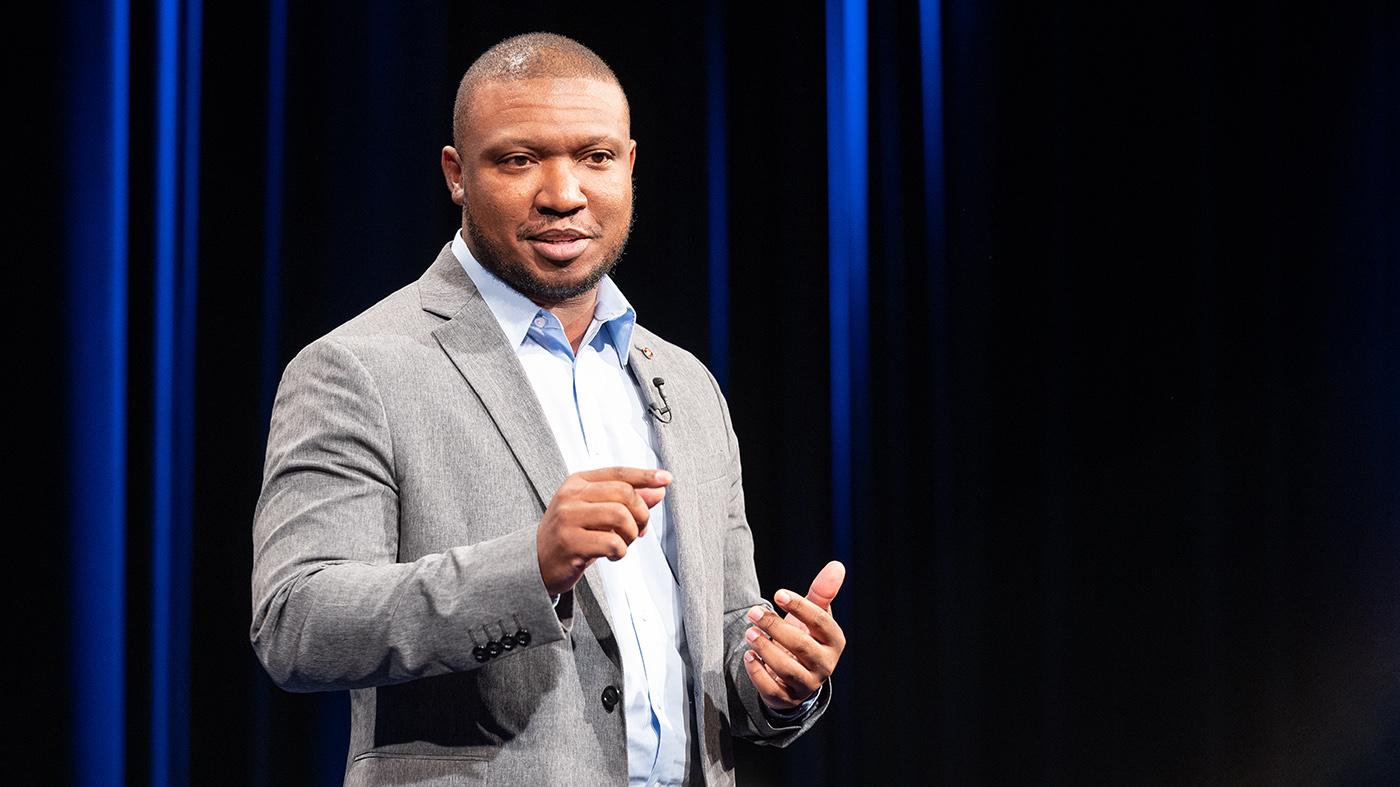 Sergeant Jermaine Harris shares his experiences as a Chicago police officer. Photo: Ken Carl for WTTW
Sergeant Jermaine Harris shares his experiences as a Chicago police officer. Photo: Ken Carl for WTTW
Sergeant Jermaine Harris has been a police office on the South and West Sides since 2002. In his talk, “Asking Why?” Harris describes a model of policing in which social justice is the crime prevention strategy. That strategy leads him to ask people he encounters in his policing work a simple question: Why? Why did you join a gang? Why do you feel the need to carry a gun? (You can watch Jsaron Jones’ story, as he recovers from a gunshot wound and faces a gun charge, here.)
The answers to those questions usually fall into four categories: equity, participation, rights, and access. And access is a big one. “Walking out of my front door, cigarettes, liquor, drugs, and even guns are more readily accessible than fresh produce and a bank,” says Harris, a resident of North Lawndale.
But, in addition to solving the problems that fall into those four categories, altering the climate in police departments is also key, Harris says, and incentives can go a long way. Officers should be celebrated for volunteering on a youth baseball team in the same way that they’re celebrated for catching a robbery suspect, in order to reward investment in the community in which they work.
We Need a Collective Response for Individual Trauma
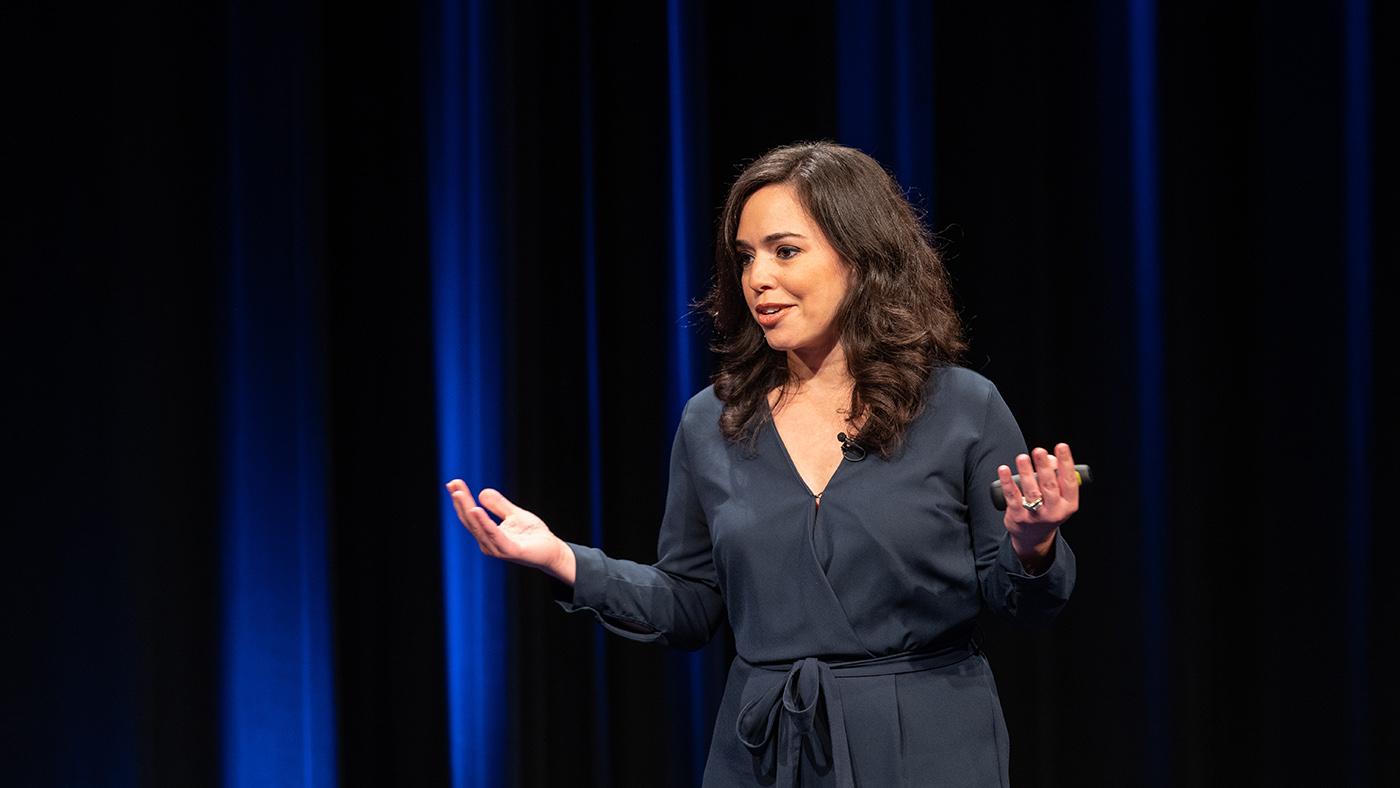 Cristina Pacione-Zayas addresses how to better treat trauma in children. Photo: Ken Carl for WTTW
Cristina Pacione-Zayas addresses how to better treat trauma in children. Photo: Ken Carl for WTTW
Dr. Cristina Pacione-Zayas’s talk, “And How Are the Children? Why Chicago Needs to Become a Healing Centered City,” addresses the issue that a majority of Chicago’s youngest kids live in areas in which more than the median number of homicides in Chicago occurred in 2018, and are exposed to trauma that can have a lifelong impact.
Pacione-Zayas, associate vice president of policy at the Erikson Institute, says that addressing the trauma a child might experience by witnessing gun violence is usually treated on an individual level. But she argues that the city needs to address the broader, systemic issues, like disinvestment and inadequately resourced schools.
But the good news is that children’s brains are resilient, Pacione-Zayas says, so collective action can help heal individual children. That can help transform Chicago’s reputation from a city of violence into a city of healing. Follow India Hart’s journey to healing as she graduates high school in the wake of the shootings of her father, uncle, and friend.
We Should Treat Gun Violence Like A Health Epidemic
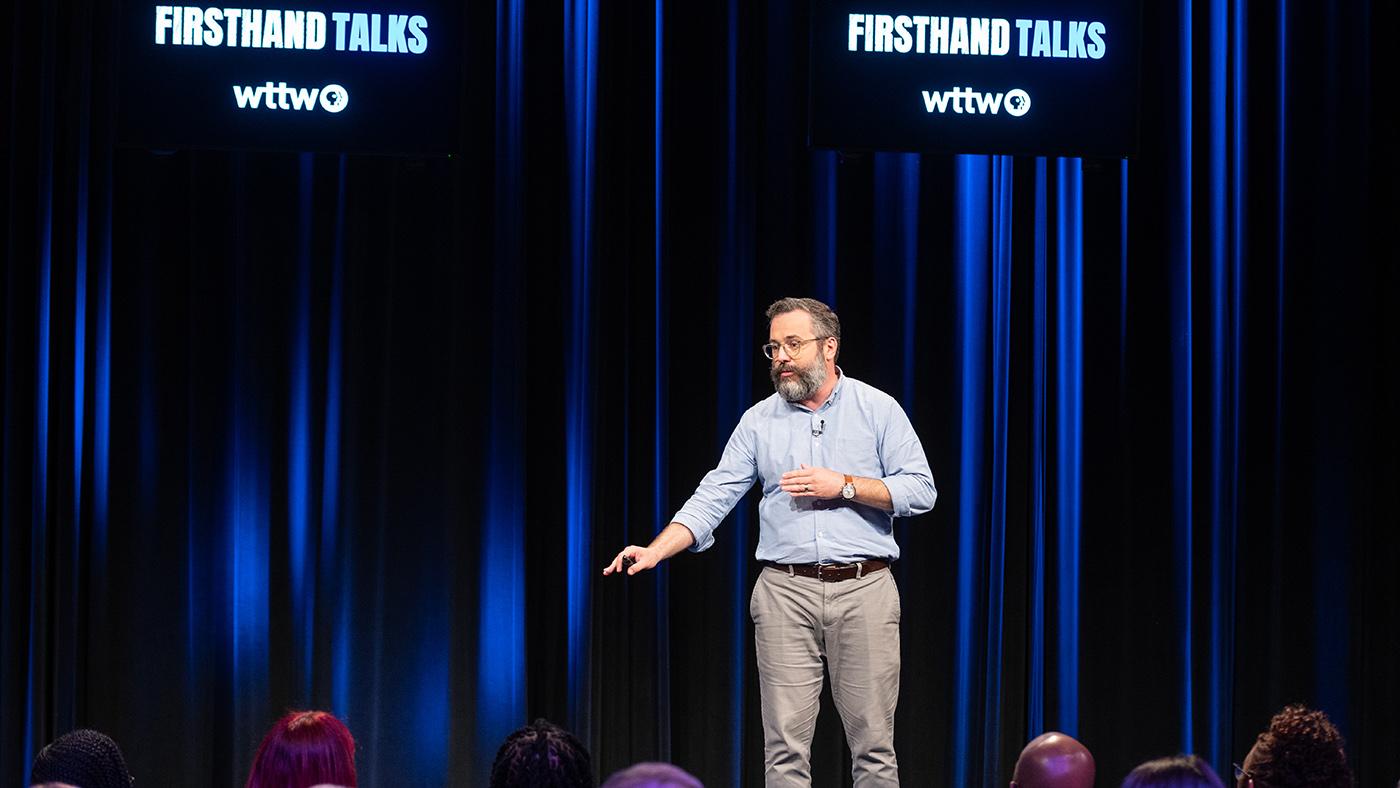 Andrew Papachristos studies how social network science can be applied to the gun violence epidemic. Photo: Ken Carl for WTTW
Andrew Papachristos studies how social network science can be applied to the gun violence epidemic. Photo: Ken Carl for WTTW
Gun violence is often referred to as an epidemic, so Andrew Papachristos, a sociologist at Northwestern University, thinks we should treat it like one. What if, in the same way we can determine who is at risk to contract diseases, we were able to figure out who is likely to be shot next?
In his talk, “A Handshake Away: Why Gun Violence is Tragic, but Not Random,” Papachristos discusses his use of social network analysis—“a science that uses mathematical models and statistics to try to understand how the connections among people affect what we feel, think, and do.”
Understanding the connections in a group of people who have had high exposure to violence and trauma might make it easier to direct violence prevention resources and trauma specialists. Noemi Martinez, whose story you can watch here, is one of those people providing support to those impacted by gun violence in her community after her own son was shot and killed. But in the long-term, Papachristos says, the city needs to address fundamental issues, like inequality, that lead to concentrated violence on Chicago’s South and West sides.

